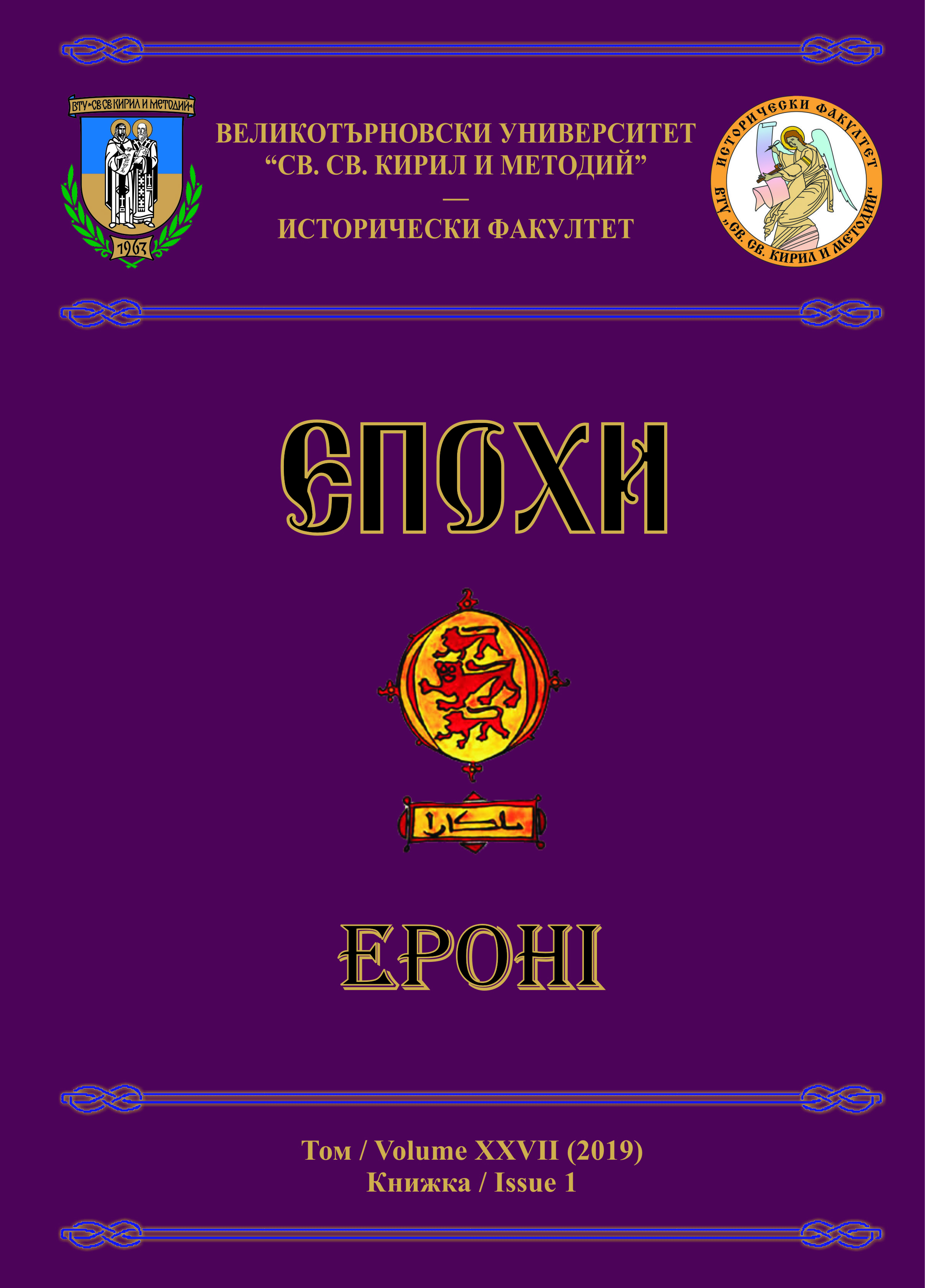
We kindly inform you that, as long as the subject affiliation of our 300.000+ articles is in progress, you might get unsufficient or no results on your third level or second level search. In this case, please broaden your search criteria.

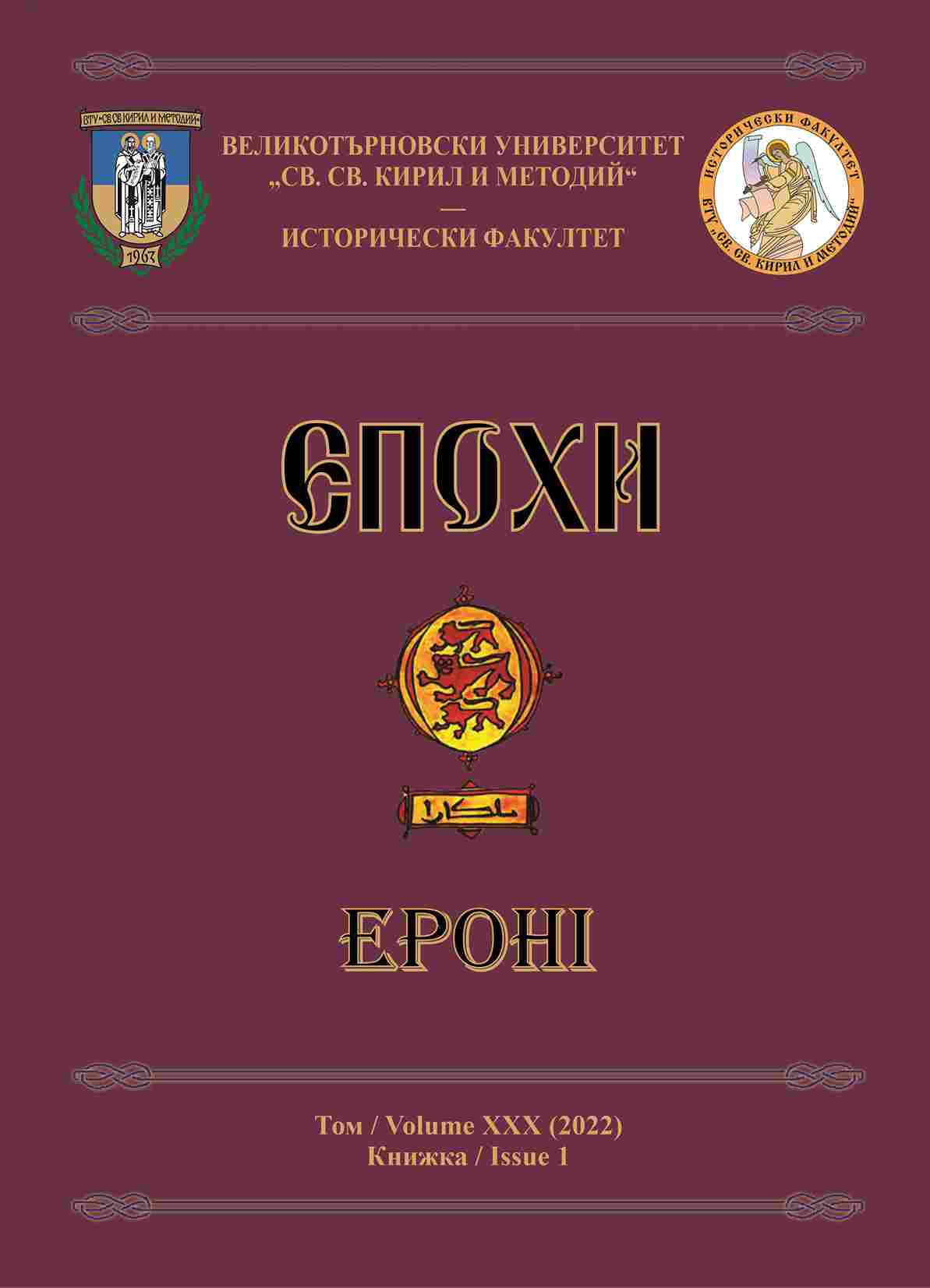
Clarifying the demographic state of humankind during all periods of its historical development is an issue that has long been of interest to the scientific community. This paper traces the specifics and trends in the dynamics of the main demographic processes and structures of the population inhabiting Bulgaria during the Middle Ages. Their analysis allows us to establish that, during the period under review, the Bulgarian state’s characteristic demographic potential was formed with its establishment. The way it was created and the specifics of its subsequent development predetermined its sustainability, and allowed it to preserve its identity despite many negative processes.
More...
This article states the hypothesis of the social origin of two representatives of the Eastern Orthodox Church clergy in the period between the 9th and 12th centuries. Bishop Sergii, who was a eunuch, took the Belgrade Bishopric during the rule of Knyaz Boris I. Mikhail, who was called Maxim, was a bishop of Ohrid in the 1120s. It is an indisputable fact that both of them were eunuchs, and this contradicts one of the basic rules of the Church about cheirotonia (ordination). It is specified in which cases persons with impaired “physical integrity” and disabilities were allowed to be elected and to hold senior Church positions. The sources analyzed point towards a slave origin of both of them. The author proposes the thesis that the ideal (desired) model of construction of the Eastern Orthodox Church has been corrected during its long-term history by practice through a real model, which, in some cases, radically contradicts the basic, declared rules.
More...
This article attempts to study Bulgarian hayduts (outlaws) in the context of haydutry in the Balkans by comparing Bulgarian and Balkan haydut folk songs. The aim of the research is to establish and explain the common and different moments in them in terms of themes, plots, and presentation of the main characters through their behaviour, actions, and the attitude of the folk artist to them. Based on that comparison, the common and different characteristics of Bulgarian and Balkan hayduts and the Bulgarian haydutry during the period of Ottoman rule are to be derived and indicated. The geographical area of the study covers the territories of today’s Balkan countries: Bulgaria, Serbia, the Republic of North Macedonia, Bosnia and Herzegovina, Greece, and Romania.
More...
This report presents the construction of churches in Eski Juma, Osman Pazar, Hezargrad, and in several other settlements in the 1850s – 1870s. It also focuses on the procedures for building churches and on the reasons for their mass construction in the region under review during this period. The study analyzes the applications of the population, their reasons, and the ethnic composition of the settlements studied. In addition, the paper discusses issues concerning the construction of the churches themselves, their size, organization, and financing.
More...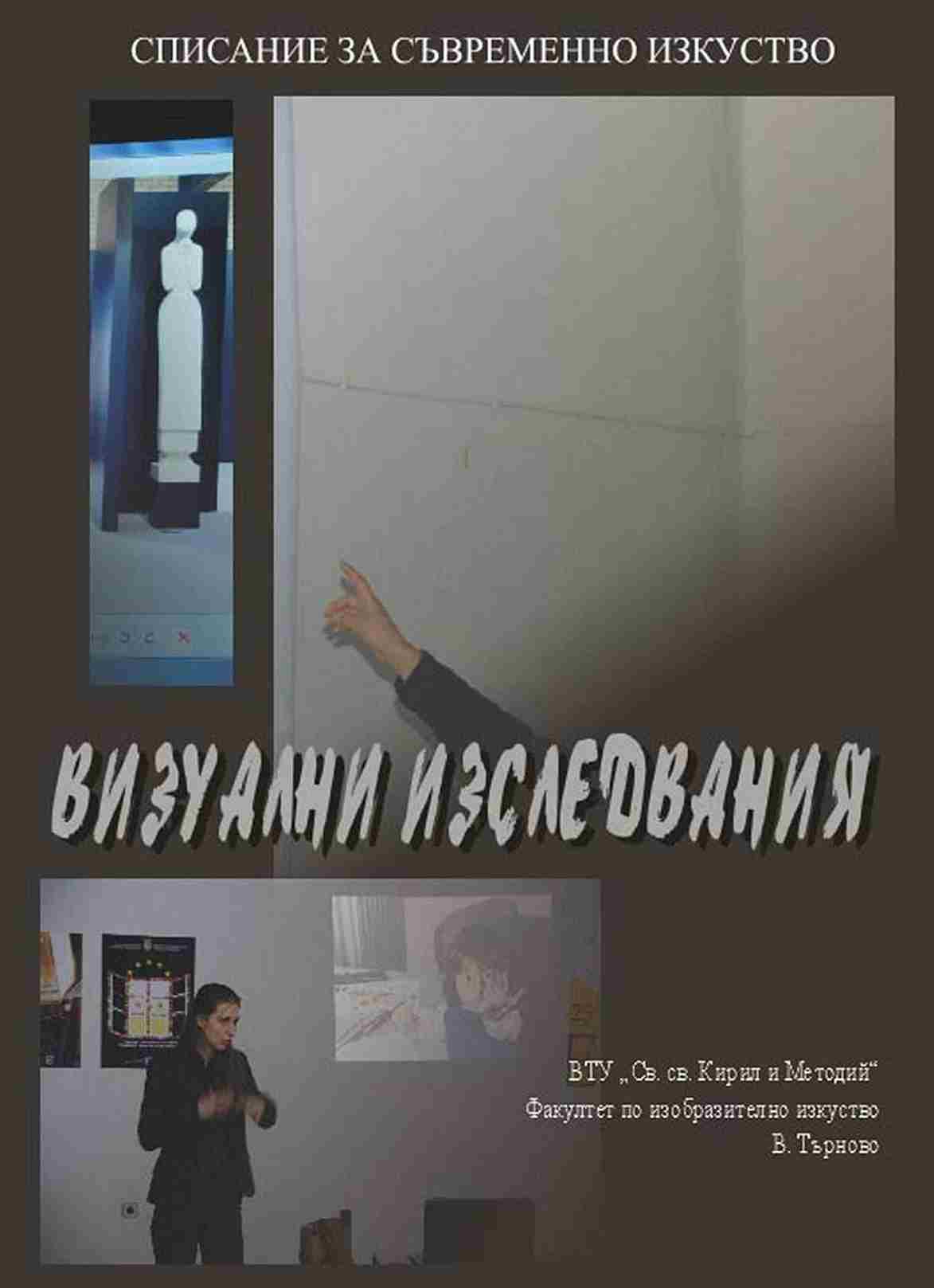
The article discusses the shift from the methodology of the Soviet totalitarian period in Ukrainian art history to the modern methods that are more appropriate for the interpretation of contemporary Ukrainian art. The analysis showed that, during the Soviet period, art and art history in Ukraine were under strict ideological and political control. Art history and criticism were widely used as a means of ideological propaganda, and therefore art studies could not fully represent and interpret art. A considerable part of the art phenomena was ignored by researchers due to the hierarchy of trends and genres of art established in the USSR; art historians had to assess the “validity” of an artwork or an artist according to the official ideology. The variety of methods and research instruments was limited and insufficient for the research of contemporary Ukrainian art, including feminist art. The creative work of the Ukrainian female artist Alina Kopytsa is shown as an example in order to demonstrate the expedience of modern approaches, which are still not common for Ukrainian art history. Thus, a wider range of methods and approaches is regarded as the means to develop an effective methodological background, and to provide a better understanding of contemporary Ukrainian art.
More...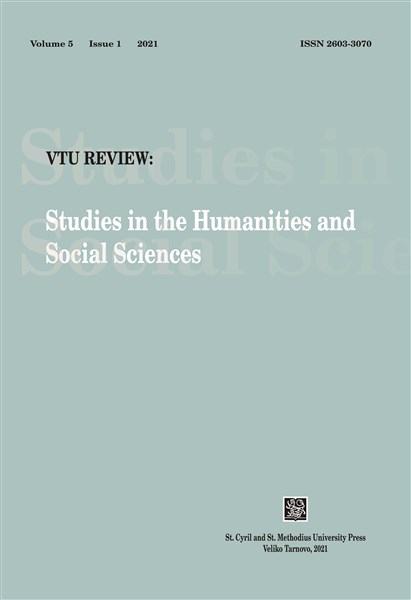
Ralph Waldo Emerson, the proverbial sage of Concord, claimed that he was not “an original thinker” but only “clothed thoughts” that were “in the air.” Trying to explain the complex relation between humans and the outside world, he singled out man’s relation to his own self as the crux of the problem. His dualistic vision of the world, juxtaposing nature and the human soul and matter and spirit, is related to what he perceived as the human need to realize a connection to the “real” self. In the Emersonian vision of the world, nature is “omnipotent” insofar as through natural phenomena the human individual can give birth to brilliant ideas. The aim of this article is to highlight Emerson’s Transcendentalist vision of nature and the human relation to it.
More...
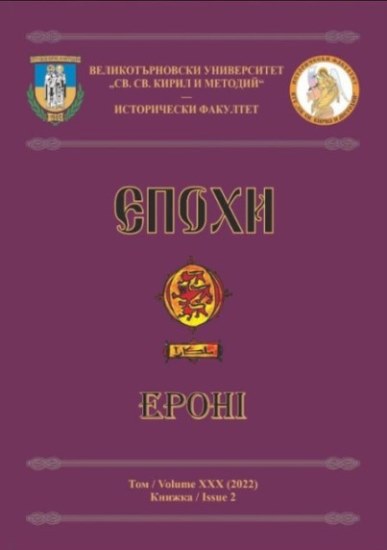
The article presents information about the economic activity of Eustati Selveli in 1843, a prominent Renaissance entrepreneur and public figure of the 19th century. It is a continuation of two previous publications that examined this activity of his in the period 1831–1842. In 1843, Eustati Selveli took active part in at least two business structures – the trading company called “Hadji Mincho Hadji Tsachev and Company,” founded together with Hadji Mincho hadji Tsachev, and the trading company called “Eustati Hadji Nikolaou Selveli and Company,” established together with Atanas hadji Nikolaou. Both were set up in 1841. The main part of the information presented in this article was acquired on the basis of Greek-language documents that are stored in the State Archives of Veliko Tarnovo and in the archives of the Regional Museum of History in Veliko Tarnovo. These include contracts concluded between Eustati Selveli and Atanas hadji Nikolaou, a commercial notebook that belonged to their partnership, and a personal notebook of Eustati Selveli. The indicated historical sources contain information about the material and financial condition of Eustati Selveli and about his joint business activity with Atanas hadji Nikolaou. The article presents information about the business partners of Eustati Selveli and Atanas hadji Nikolaou in the year under review; the items which the partners traded in and their prices; the monetary units they used when paying for supplies and their value equal to grosh (the local coin at the time); the ways of delivery of the goods, etc.
More...
Donations and charity most clearly reveal the sympathy, solidarity, and willingness of the people to support cultural, educational, health, and social initiatives that are useful for the whole society. The history of Veliko Tarnovo in recent times has been marked by numerous acts of charity, which have had a significant contribution to the development of the city, and which are a permanent testimony to the morality and humanity of the Tarnovo citizens. This study is an attempt to systematize the available information about donations in Veliko Tarnovo in order to get a general picture of who is making these donations, to whom, for what, and for what reasons.
More...
Based on the original documentary material collected by the author in the National Archives of the Republic of Moldova, an attempt has been made to investigate some unknown aspects of the struggle of Bessarabian Bulgarians against the tsarist policy of assimilation during the First World War. At the beginning of the 20th century, the Bulgarians ranked fifth in terms of population in Bessarabia – a province annexed to the Russian Empire in 1812. In all these years, they preserved their language, culture, and national traditions, transforming the Alexander III Boys’ Gymnasium in Bolgrad into a true centre of national culture. Many Bessarabian Bulgarians played an important role in the history of Bulgaria, holding positions of responsibility in the Bulgarian state. Some of them were the Prime Minister of Bulgaria Aleksandar Malinov, the Minister of War Danail Nikolaev, the Mayor of Sofia Martin Todorov and his brother General Georgi Todorov, and General Ivan Kolev. Despite this fact, and in contradiction with Russian historical mythology about special relations privileged with Bulgarians, the Russian authorities treated them equally with other national minorities, exposing them to forced assimilation, deportations, expulsions, repressions, and arrests of representatives of the Bulgarian national movement in the Russian Empire.
More...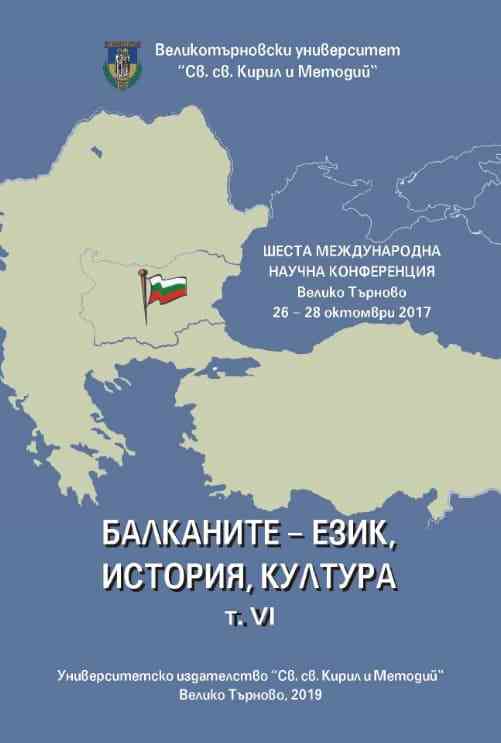
We will concentrate our attention on the smallest entity which shaped the infrastructure of the church organization – the parish in the region of Popovo. Analysis of the registers from the 16th century in (1524–1550; 1555–1556; 1598) shows us the presence of one complete parish network. The large number of priests and sons of priests in some settlements shows growth and consolidation of the parish network in a number of settlements – Dolne Kovachofche, Palamariche, Haydar, Ablanovo and Gagovo. This is probably due to the migration of clerics from other parts of the empire to these Christian villages. On the other hand, a large part of the villages remain without priests throughout the studied period. The reason for the “lack” of priesthood is not only the “deficiency” of priests but also the small number of the registered Christian population in these villages during 17th century. The widespread use of names borrowed from the Christian church shows the high degree of religiosity of people and the place of religion in their lives.
More...
Together with the mosques, hamams are among the most characteristic Muslim public buildings. Usually they were part of an architectural complex – imaret. In addition to the Friday mosque and a number of commercial buildings, there was also a hamam in the urban center. Their place and importance in the architectural and urban planning of the settlements has not been studied yet. In this study we look at the issue of the number of hamams in some Bulgarian towns during XVI–XVII c., what is due to, whether it is permanent or not, and how much it is related to the size and the population of the cities. Since they are part of a vast empire, they must to be placed in any case in the context of the other Ottoman provinces. This will allow the question to be answered if there is a difference between them or the things are identical.
More...
The purpose of the present article is to scrutinize some curious details concerning the Balkans to be found in the western travel notes during the 15th century. Our attention was primarily concentrated on the data provided by Roberto Sanseverino, Alessandro Ariosto, Santo Brasca, Bernard von Breidenbach, Konrad Grьnemberg, and Arnold von Harff. The travellers listed above provide rather intriguing information concerning specific customary practices, language, religion, manufacture, costume, agriculture, trade, wine production, etc. In this study we focus on data about the lands of Albania and their cities, on the texts describing actual political situation, there included the administration and taxation, the fear of the Ottoman omnipotence, the eventual military opportunities, coeval events or such of the recent past.
More...
The article examines the social activity of Veliko Tarnovo Diocese in one of the oldest Bulgarian monasteries – the St. Peter and St. Paul Monastery of Lyaskovets in the first half of the 20th century. Within the period under consideration, the monastery was inhabited for a while by a monastic fraternity of the Bulgarian Orthodox Church, but according to specific public needs, it opened its doors to various noble initiatives in favour of Russian emigrants and Bulgarian citizens.
More...
The education of the children of Bulgarian subjects in the Kingdom of Bulgaria belonging to ethnic and religious communities other than the Bulgarian is held in public, private and foreign schools. The number of children belonging to the Bulgarian-Mohammedan and Turkish population in Bulgaria is predominant during the period under review. By number of schools and children covered, private Turkish schools in the Kardzhali region ranked first in the country. The status of private schools is determined by the Bulgarian educational legislation, in accordance with the international agreements of Bulgaria. According to Art. 55 of the Treaty of Neuilly, undertakes to enable minority children to study in primary schools in the own language. The implementation of this provision is not applied by the Bulgarian educational institutions in the country and the region. According to them, providing opportunities for further education of children in public schools requires more financial resources to support them than in private Turkish schools. The Ministry of National Education after the changes in the National Education Act in 1921. takes measures to increase teachers in Bulgarian language, Bulgarian history and geography in private Turkish schools. Due to the lack of teachers of Bulgarian language of Turkish origin, at the request of the Mustangli District School Inspectorate, teachers of Bulgarian origin are appointed. The tendency for increasing Bulgarian teachers in private Turkish schools is maintained during the period under review. Their appointment meets resistance from some Muslim clergy who attach greater importance to religious education and upbringing to maintain their influence among the local Turkish population. The management of BANU increases the financial support for private Turkish schools. After the military coup on June 9, 1923 there has been a change in the government’s educational policy towards private schools regarding the limitation of funding for Turkish private schools. The policy of reducing the financial costs of private Turkish schools continued to govern governments after the coup of May 19, 1934. Due to poor hygiene conditions, poor physical and educational background, lack of competent Turkish teachers, non-compliance with state education law, many private Turkish schools in the country and the region are closed.
More...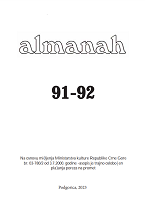
Like other kadiluks in the system of Turkish administrative division, Novskikadiluk was located between the basic administrative units of sandjak and nahiya.It belonged to the Herzegovinian sandžak, which was founded in 1470, and the kadiluk itself was founded in 1485 and its seat was in Herceg Novi.
More...
Settlement studies have an interdisciplinary character and affect a number of areas of scientific knowledge: history, geography, ethnology, archeology, Bulgarian language and of course, onomastics. The municipality of Nedelino is interesting for its cultural and historical heritage and unique Nedelino two-voice, which is not found elsewhere in Bulgaria. Here you can feel the Rhodopean lifestyle and culture and get to know the spirituality of the Rhodopean people.
More...

This article is a contribution to the study of the toponomy of the village of Delchevo, located in the Gotse Delchev region. It complements the book “Local names in the Gotse Delchev region (Nevrokop region)” by Yordan Ivanov. One hundred and sixty local names from the area of the village, which are missing in the study done by Ivanov (not registered), are represented here. The article also contains 28 new street names of the village of Popovi livadi, which was established in 2015.
More...